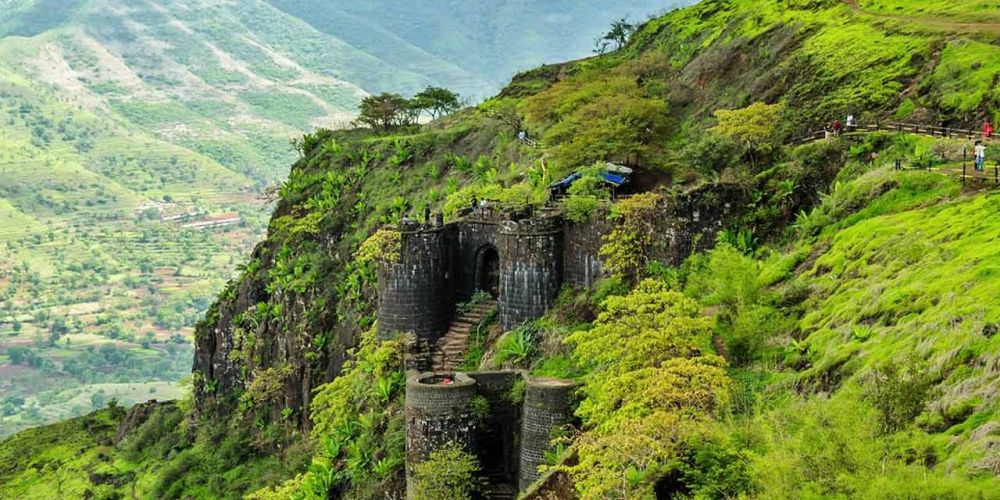

The history of tourism at Sinhagad Fort is deeply intertwined with its storied past, cultural significance, and breathtaking natural setting. Perched on an isolated cliff of the Bhuleswar range of the Sahyadri Mountains, it sits approximately 30 kilometers southwest of Pune, Maharashtra.
The origins of Sinhagad Fort can be traced back to over 2,000 years ago. The fort has undergone various name changes and ownership throughout history. Originally called Kondhana, the fort became the center of several historical battles, most notably the Battle of Sinhagad in 1670. It was during this battle that the fort got its current name, Sinhagad, which means "Lion's Fort."
Tourism at Sinhagad Fort began to pick up as it gained recognition for its historical importance and scenic beauty. Over the years, the fort became a prominent destination for:
With the growth of social media and digital marketing, Sinhagad Fort has surfaced as an alluring destination for both domestic and international tourists. Images and experiences shared online have contributed significantly to its popularity.
Efforts have been made to preserve the fort and promote sustainable tourism. Authorities have implemented measures to maintain the fort's integrity, ensuring that the influx of tourists does not detrimentally affect this historical site.
The latest trend in tourism at Sinhagad Fort sees an increase in eco-friendly practices. Travelers are more conscious of their environmental impact and are engaging in activities such as:
Visitors to Sinhagad Fort can enjoy a rich tapestry of experiences from the historical exploration of the fort's ramparts and gates to savoring traditional Maharashtrian cuisine at local stalls. The fort is also famed for its monsoon visits, where the misty atmosphere and lush greenery provide a magical experience.
In conclusion, Sinhagad Fort continues to be a vital part of Pune's tourism tapestry, offering a unique blend of history, nature, and culture that caters to a wide array of tourists and travelers.